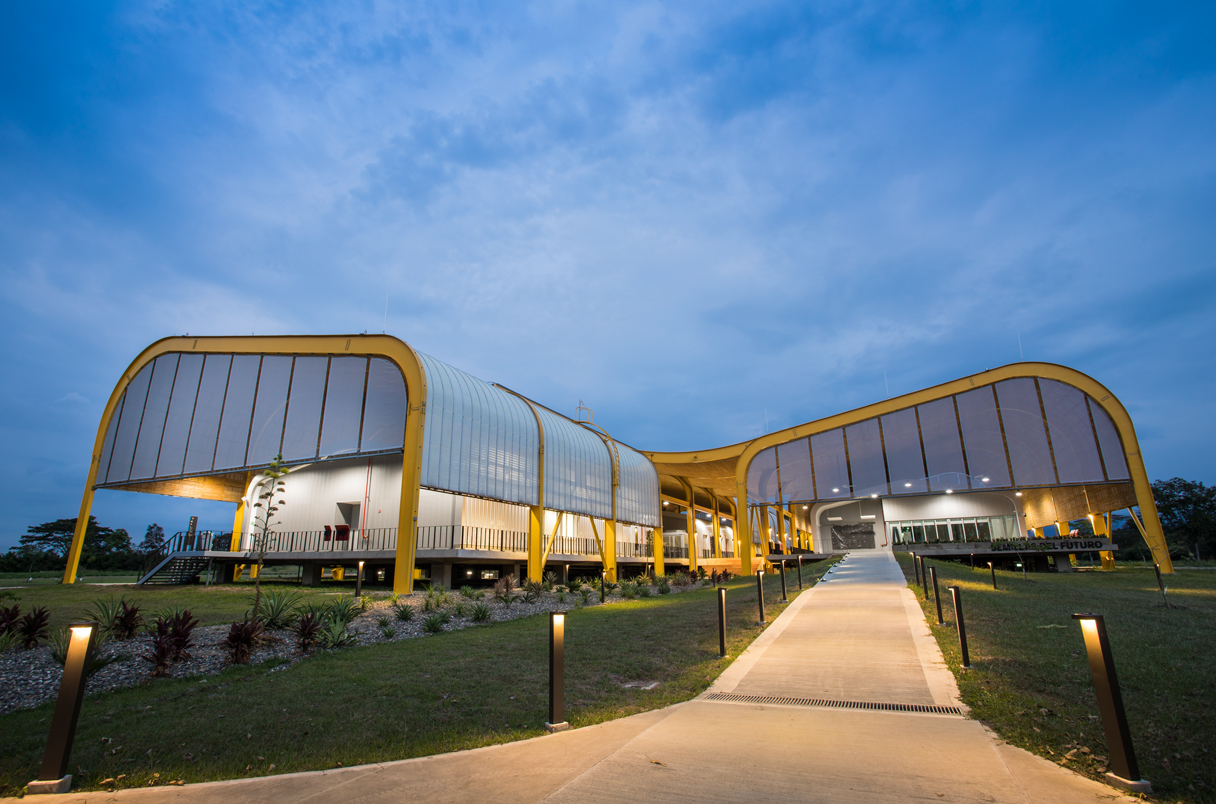HOME
World’s largest bean and cassava collection gets a striking new home

When the Svalbard Global Seed Vault opened in 2008—its stark concrete entrance jutting from a frozen Norwegian island—it became an icon of the vital mission of gene banks to preserve crop diversity. Now, a new gene bank in the tropics could make a similar mark, with an equally distinctive design and an urgent research agenda. Last week, researchers and officials dedicated a $17 million gene bank facility in Palmira, Colombia, with a high metal canopy intended to evoke a forest. It will provide an expanded home for the world’s largest collection of beans, cassava, and tropical forage grasses, which breeders use to create better performing and climate-resistant crops.
“It’s really fantastic,” says Theo van Hintum, head of the plant gene bank at Wageningen University & Research’s Centre for Genetic Resources. “It shows that we as a world community are willing to invest in conserving genetic diversity and keeping it available for future generations.”
The new building, called Future Seeds, replaces a decades-old facility in Cali, Colombia, that was once a meat quality lab and slaughterhouse. It boosts storage capacity for the gene bank’s current target plants by nearly one-third, and ultimately could store additional kinds of crops as well. It now holds about 67,000 samples—known as germplasm—of crop varieties or populations, many of them no longer cultivated. Most of these are stored as seeds at –20°C, including nearly 38,000 samples of beans and almost 23,000 samples of tropical forage legumes and grasses that are grown in pastures for livestock.
To build the new facility, the Alliance of Bioversity International and the International Center for Tropical Agriculture received about $6 million in funding from the Colombian government, the United Kingdom, and others. Planners wanted to create a structure that would be both an architectural landmark and environmentally sustainable, says gene bank manager Peter Wenzl. Its wavy metal canopy, up to 15 meters high, keeps the buildings cooler and collects rainwater, and nearby solar panels provide more than enough electricity.
News Source